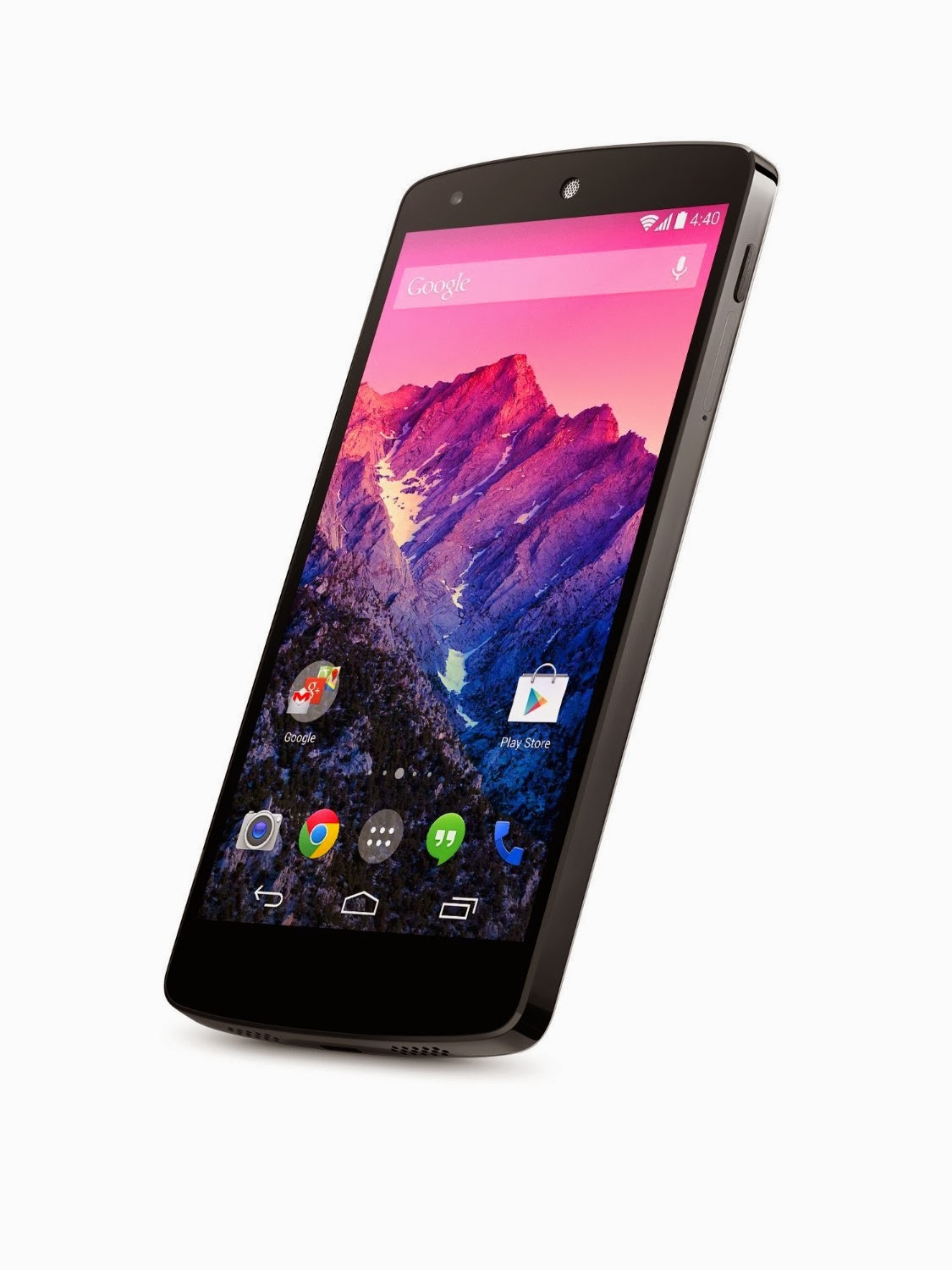

At the best of times, the Nexus 5 is not the fastest camera around. We would suggest using the HDR mode 24/7 when not shooting action, but speed is a significant issue. The photo now appears fairly lively, with only minor overexposed areas where the sun peeks from behind the building. Without using HDR mode, you need to choose between a severely underexposed foreground or an overexposed sky. Here the sky is used as the exposure metering point, which is why it is quite so underexposed. Not only is there much more shadow detail in the HDR pic, the mode has also made the sky look more natural – turning it from a greeny shade into a bluer one. The results of the HDR mode do vary depending on the scene, but generally they significantly increase detail in shadow areas, reduce overexposure and even improve white balance/colour reproduction noticeably. compensating for the technical limitations of a phone camera, not producing shots that look like they’re inspired by Disney’s Fantasia, with every object glowing as if the viewer had just dropped a tab of acid. It’s a demonstration of what mobile phone HDR should be about – i.e. However, these exposure issues can mostly be solved using the generally excellent HDR mode of the Nexus 5. Dynamic range in normal photos is pretty poor too.ĭetail capture is very good, shown in the fine detail of the pixel-crop above
NEXUS 5 PHOTOSPHERE UPDATE
We were left with both under- and overexposed shots during testing, suggesting that whatever imaging brain is powering the Nexus 5 could do with an update or two. There’s also significant purple fringing around light sources in these sorts of trickier scenes, to the extent that it’s visible without significant zooming into shots, when viewed on a computer. It tends to blow out bright areas, something that rival iPhones simply don’t do (generally speaking).ĭetail capture is roughly on-par with the iPhone 5S, as you would hope given the use of similar-resolution sensors, but the exposure issue leads to much more problematic images in scenes with strong light sources. The Nexus 5’s most serious image quality issue is exposure metering. But the Nexus 5 offers some pretty good results in practice. When the Nexus 4 camera was nothing to shout about, we were preparing ourselves for disappointment. It has an 8-megapixel 1/3.2-inch sensor and an f/2.5 lens. The Google Nexus 5 has a camera that mostly matches the Nexus 4 in terms of pure specs. However, it’s a big improvement that makes the Nexus 5 camera more fun to use.Ĭarry on reading our original Nexus 5 camera review below to find out more about its specs, its general image performance – and to get a look at more samples.

This can be solved by manually selecting the foreground with the camera reticule, but it’s something that ensures the Nexus 5 still doesn’t have anything approaching the accessibility of the iPhone 5S camera. In the standard stills mode, the Nexus 5 has a strong tendency to meter its exposure based on the brightness level of the sky rather than the foreground when shooting landscape shots. Not all the issues we complained about have changed, though. This processing is a key part of how HDR works – it stands for high dynamic range and is a mode that merges multiple exposures to produce photos with more detail in light and dark areas. We know this because if you switch to the gallery just after taking the shot, the photo is greyed out, and displays its own progress bar. There’s now a progress bar that shows you how long it’ll be before you regain access to your camera, and following this the processing of the HDR file is done behind the scenes, leaving you to take another shot while that’s happening. The approach to HDR has changed quite dramatically. HDR speed has changed from ‘incredibly slow’ to a perfectly fine pace, of about one shot per two seconds. Standard shots have moved from about two seconds per capture to about 0.5 seconds when you’re trying to shoot as fast as possible. Shot-to-shot speeds are much improved too, both in the standard shooting mode and the HDR mode. This sounds like a minor upgrade, but it makes a big difference when you’re out and trying to capture quick moments with your mobile. The camera app is quicker to load for starters. Basic image quality remains quite similar – the Nexus 5 is a middleweight at best – but the camera is now far more enjoyable to use.
NEXUS 5 PHOTOSPHERE ANDROID
Thanks to the Android 4.4.2 update, there have been significant improvements in the performance of the Nexus 5’s camera.

Battery Life, Call Quality and Verdict Review.Music, Sound Quality and Connectivity Review.Android 4.4, Apps and Performance Review.


 0 kommentar(er)
0 kommentar(er)
